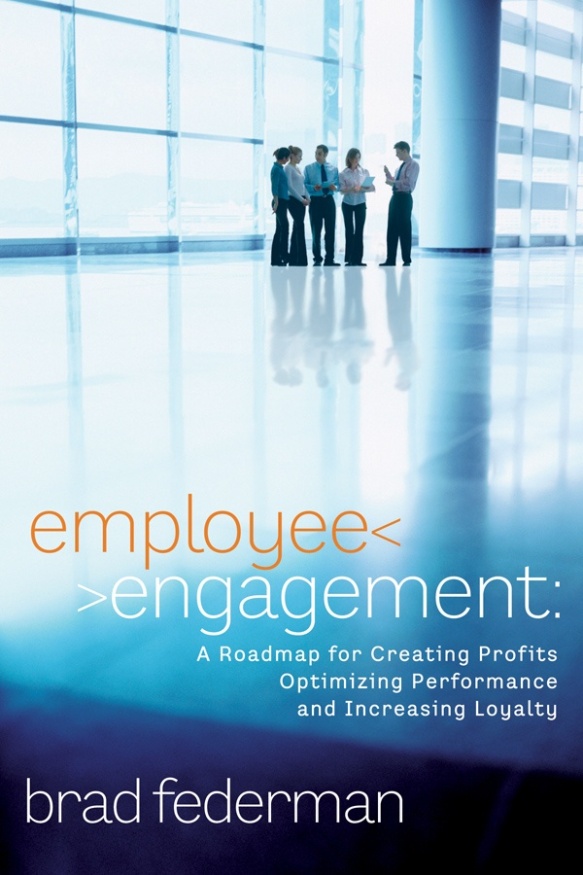Does your organization need forced ranking? An overlooked source of guidance sits within your quality improvement framework.
In November, Microsoft ceased its long-held performance management practice of force ranking employees, just as Yahoo introduced the same practice. Does your organization need forced ranking? An overlooked source of guidance sits within your quality improvement framework.
The Microsoft announcement emphasized the company’s goal to encourage teamwork and collaboration. Lisa Brummel, Microsoft’s executive vice president of human resources, stated, “No more curve. We will continue to invest in a generous rewards budget, but there will no longer be a predetermined targeted distribution. Managers and leaders will have flexibility to allocate rewards in the manner that best reflects the performance of their teams and individuals, as long as they stay within their compensation budget.”
Yet forced ranking can clarify performance differences and allow (or force) managers to improve or remove low performers. One Forbes report suggested that Marissa Mayer, Yahoo’s CEO, “inherited a workforce that was bigger than it needed to be and riddled with paycheck-cashing clock-punchers. Precisely because it’s so big, figuring out who the slackers are isn’t easy.” This description may overstate reality, but it illustrates the point that forced ranking has value when restructuring benefits from better revealing high- and low-performers.
David Calhoun, the former CEO of Nielsen Holdings who had a 27-year career at GE, has defended the forced ranking system, saying, “At GE there was only one objective … to force an honest discussion between your manager and you. And there’s nothing that quite forces that more than employees knowing … how that manager ranks them, and then asking that manager, ‘Tell me where I rank and tell me why.’”
Let’s retool this debate using quality management principles: Performance management, including forced ranking, should be applied when value exceeds cost, and that depends on the consequences of the defects discovered and corrected. The defects are unaddressed poor performance (lingering problems) or unrewarded high performance. This helps explain the Microsoft/Yahoo distinction.
By scrapping forced ranking, Microsoft will likely see some high performance not rewarded as handsomely and some poor performance lingering longer. That’s a good trade-off if the lost value is less than the increased collaboration created without forced rankings. Microsoft used forced ranking for a while, which may have removed most low performers, so the value of detecting low performance is less. Microsoft may also now be better at rewarding high performance without rankings.
By adding forced ranking, Yahoo will incur new costs (in managerial time and effort, public backlash, employee resistance and internal competition). That may be worth it if its workforce is too large, and poor performance is costly and hard to identify. The defects of unaddressed poor performance and unrewarded high performance are more consequential at Yahoo, so the quality improvement value of forced ranking is greater.
Microsoft and Yahoo have engineering-driven cultures, where leaders make quality improvement investment decisions like this every day. Hopefully, those leaders are as rigorous in decisions about forced ranking.
One thing suggests they could do better. The quality improvement discipline suggests that a single approach is rarely valuable for an entire process, let alone an entire organization. Targeting matters. Yet, Microsoft and Yahoo both seemed to make these decisions for their entire workforce. We know the consequences of high and low performance varies across jobs, so one-size-fits-all is almost certainly not optimal, just as with software or any other process.
How will your organization decide about forced ranking? Too often, it is with anecdotes or a one-size-fits-all solution that swings from one extreme to the other. A better answer may be as close as the quality improvement processes you already use.
Originally published in Talent Management
 According to SHRM and NCMM most organizations give themselves a poor grade for managing performance reviews. They cite a number of obstacles including:
According to SHRM and NCMM most organizations give themselves a poor grade for managing performance reviews. They cite a number of obstacles including:

 I believe feedback can inspire, motivate, activate, encourage, enthuse, stir, drive, propel, energize, and awaken confidence and performance. I have seen it occur. However it can also…
I believe feedback can inspire, motivate, activate, encourage, enthuse, stir, drive, propel, energize, and awaken confidence and performance. I have seen it occur. However it can also… In the autumn of 2008, David MacLeod and Nita Clark were asked by UK’s Secretary of State for Business to conduct an in-depth review of employee engagement and determine if there was value in the concept. Specifically can employee engagement help organizations in down or globally competitive economies?
In the autumn of 2008, David MacLeod and Nita Clark were asked by UK’s Secretary of State for Business to conduct an in-depth review of employee engagement and determine if there was value in the concept. Specifically can employee engagement help organizations in down or globally competitive economies?